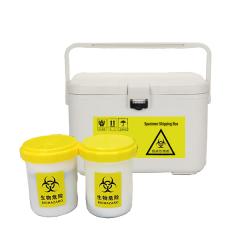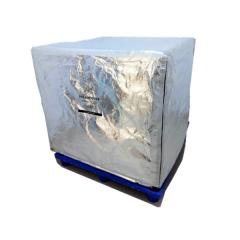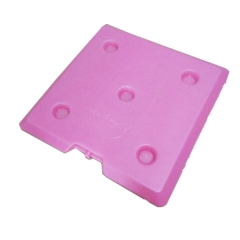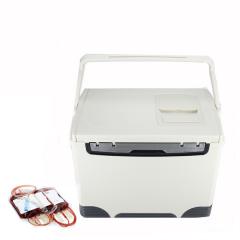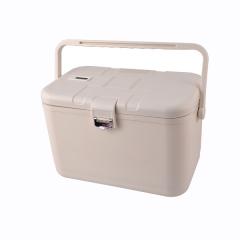-The growth of same city delivery: With the accelerated pace of urban residents' lives, the demand for same city cold chain delivery is also constantly increasing. Cold chain logistics companies can optimize their distribution networks and improve delivery efficiency based on the characteristics of same city distribution. For example, using electric refrigerated trucks for same city delivery is both environmentally friendly and meets the requirements of urban transportation restrictions. At the same time, it can also cooperate with community fresh food stores, supermarkets, etc. to establish last mile service stations for cold chain delivery, making it convenient for consumers to pick up their goods Responding to the requirements and changes of policies and regulations
-Strengthening food safety supervision: The government's supervision of food safety is becoming increasingly strict, and cold chain logistics enterprises need to comply with relevant laws and regulations, such as the Food Safety Law, and establish a sound food safety management system. Strengthen the cleaning and disinfection of cold chain equipment, temperature monitoring and recording during transportation and storage to ensure the safety of food in the cold chain process
-Promotion of environmental policies: With the increasing awareness of environmental protection, the government has introduced a series of environmental policies, and cold chain logistics enterprises need to actively respond by adopting green and environmentally friendly cold chain technologies and equipment. By using new refrigerants, promoting recyclable packaging materials, optimizing transportation routes to reduce energy consumption, etc., sustainable development of cold chain logistics can be achieved
-The continuous improvement of industry standards: The standards of the cold chain logistics industry are also constantly improving, and enterprises need to standardize their service behavior according to the requirements of the standards. For example, cold chain logistics enterprises should actively participate in the formulation and promotion of industry standards, such as the construction and operation standards of cold storage facilities and the technical standards of refrigerated trucks, in order to improve the overall service level of the industry Using information technology to improve service quality and efficiency
-IoT technology: By installing IoT sensors on cold chain equipment and transport vehicles, real-time monitoring of temperature, humidity, location, and other information can be achieved. Once abnormal situations occur, timely alarms can be raised and measures taken. For example, Huading Cold Chain has connected numerous customers through its independently developed SAAS system, achieving transparent and intelligent management of cold chain logistics, reducing operating costs, and improving service quality
-Big data technology: By utilizing big data technology, historical data of cold chain logistics can be analyzed to predict market demand, optimize distribution routes, and arrange inventory reasonably. For example, by analyzing consumers' purchasing behavior and order data, cold chain logistics companies can layout their products in warehouses closer to consumers in advance, improving delivery speed
-Artificial intelligence technology: Artificial intelligence technology can be applied to automation operations, intelligent scheduling, and other aspects of cold chain logistics. The intelligent warehouse management system can achieve automatic sorting, warehousing, and outbound of goods, improving warehousing efficiency; The intelligent scheduling system can automatically plan the optimal delivery route based on road conditions, vehicle location, and other information, improving transportation efficiency

 español
español  English
English français
français русский
русский italiano
italiano português
português العربية
العربية 日本語
日本語 한국의
한국의 magyar
magyar





